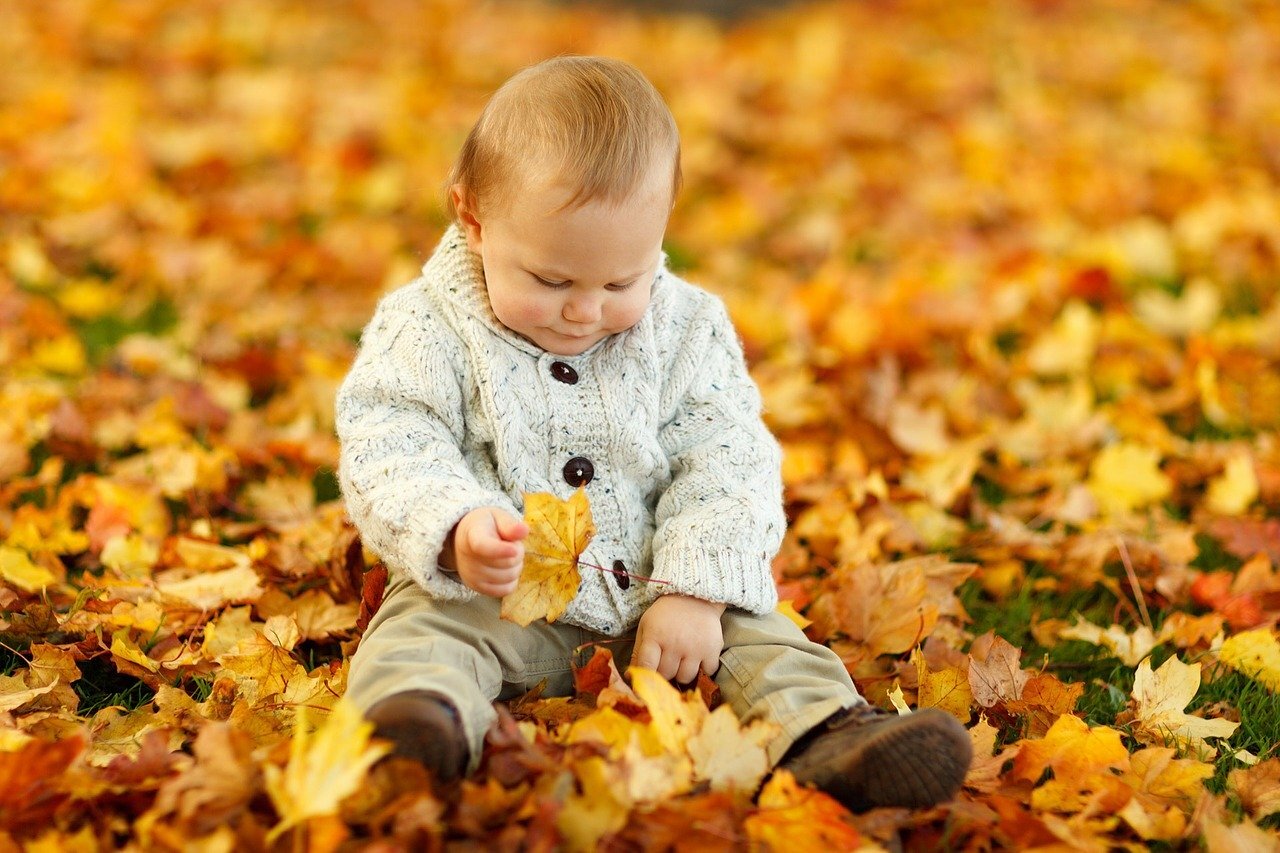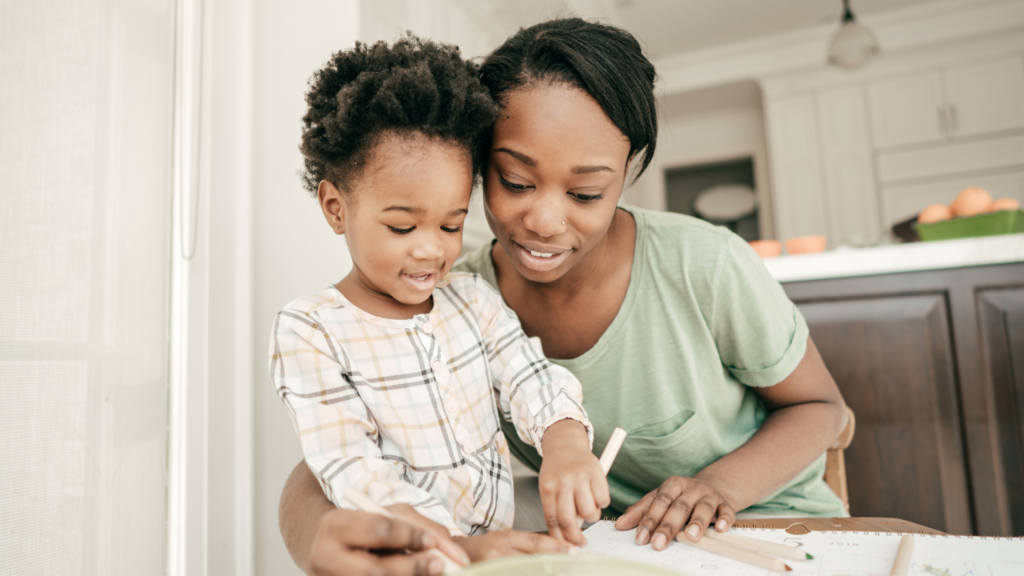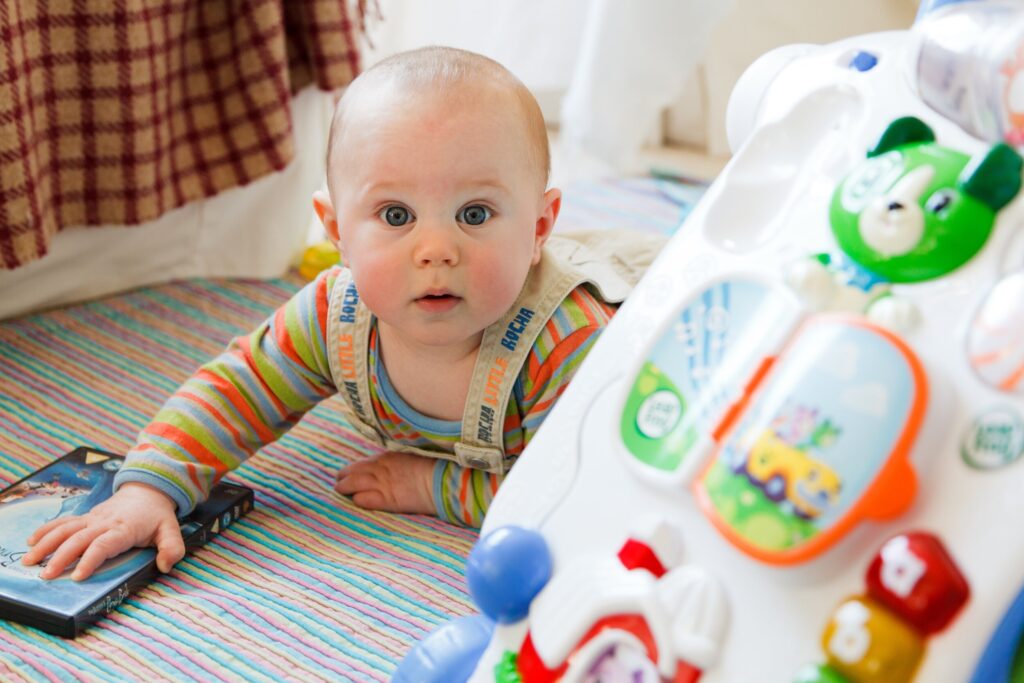Presented by Vanessa Ravalico, Early Learning Educator. @vanessaravalico
I had lots of fun during this Q&A with Vanessa where we chatted about loose parts and provided lots of examples of some you can find around your home, at the dollar store or some you can invest in.
Important points mentioned:
What are they?
What is a loose part? Vanessa explains HERE. Loose parts can be used from birth to 12 years old. They are open-ended materials (meaning that there isn’t just 1 purpose to them like a toy farm or firetruck) and are moveable. Children can play with these in many ways. They can be very small like pebbles or large items like a tire.
When should I introduce loose parts and is it too late if my child is older?
It is never too late to introduce loose parts. However, if you are introducing these to your child for there first time and they are used to toys that entertain them (buttons to press or one function toys), then it will take a little time to get your child used to playing with open-ended toys that they have to manipulate more.
What are examples of loose parts?
You can find lots of loose parts outside (see image below from a research study by Flannigan and Dietz (Journal of Childhood Studies 2017). In fact, research has shown that including loose parts in a child’s outdoor environment enriches that environment and promotes development.
There are many loose parts in your home. Bowls, dried beans, buttons, pompoms, wooden spoons, beads, string, pebbles, cotton balls, popsicle sticks etc. It is important to consider the safety first. If your child is still mouthing a lot, do not give any items that are chocking hazards or that are painted with toxic materials. Items you can recycle such as egg cartons, jars, empty boxes can also be used for play.
With younger children bowls, large wooden blocks, wooden spoons etc can be used as loose parts.
Outdoor loose parts include rocks, sticks, leaves or pinecones. You can bring a small bucket with you on walks to collect them and play with these when you get home.
Outdoor loose parts include rocks, sticks, leaves or pinecones. You can bring a small bucket with you on walks to collect them and play with these when you get home.
What if my child is mouthing everything?
Do not discourage oral exploration, just make sure they are using safe toys and use loose parts to teach them what they can and can’t mouth. Vanessa explains HERE (15:21) how to do this.
Loose parts can make a mess! How do I store them or minimize mess during play?
With older kids who use very small loose parts, it is important to have a system (containers for instance) to put them away. Vanessa shows us here system HERE.
Allow your child to lead the way during play. Let them guide you on what the stick represents or what to do with the pile of rocks. If they are new to loose parts you can make suggestions.
If you hesitate about introducing smaller loose parts due to the mess it can create, Vanessa suggests introducing fewer items at a time. It allows you to gain control of the mess and it is easier to pick up. Click HERE to listen to her explain this.
How do I set up the play environment with loose parts?
Vanessa discusses the play environment HERE.
If you have wodden puzzles for children, you can remove the pieces and place them in a basket and the pieces are used as loose parts (where they do not necessarily have to place them on the puzzle). She demonstrates this HERE.
SUGGESTIONS OF Where to buy loose parts
Modern Rascals (Grapat) HERE
Amazon Wooden Rings HERE
Ava’s Apple Tree HERE




